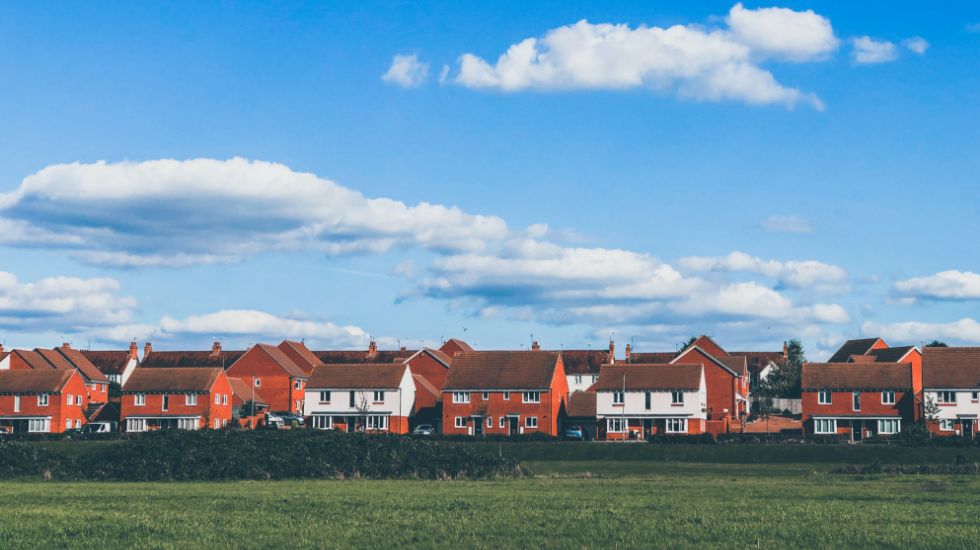
Insight
A right to light can be described as a right to enjoy the natural light that passes over someone else’s land, and into a building through openings such as windows, skylights or glass roofs. If you are reading this inside with the benefit of natural light, your building may benefit from a right to light. Consider whether you would have the same light if your neighbour built an extension, redeveloped their land into a housing estate or if a skyscraper was built down the road?
If you are planning an extension to your home or considering a new development site, failure to consider rights to light at an early stage could be a costly oversight. Rights to light issues can have a significant impact: neighbours can obtain a court order (an injunction) preventing the project from proceeding at all or requiring its alteration. A court can also award significant damages to compensate neighbouring properties for any loss of light suffered.
If an injunction is awarded, the costs of obtaining planning permission, purchasing the building materials, instructing contractors and all other costs incurred up to that point could potentially be wasted. Additionally there would be the costs of defending any claim. If the scheme is required to be altered, this could affect its viability.
In the early stages of any proposed works, there are two options to consider to address any rights to light issues that have been identified.
1. An insurance policy that would pay out if a claim for rights to light is made during the course of development. This would not, however, prevent the possibility that an injunction is awarded ordering that work is stopped completely. There would also be delays whilst a claim was made on the policy
2. Negotiate a release of the rights to light in return for a payment.
As insurance will not be available if negotiations have started, the insurance option should be considered first.
Sometimes it is difficult to overcome rights to light issues. This is particularly the case if there are a number of nearby properties affected. The difficulties experienced by the project at 22 Bishopsgate, London is an example of this.
In the case of 22 Bishopsgate, the City of London stepped in and used their statutory powers to prevent any injunction being awarded. Instead, neighbouring properties would only be entitled to compensation. This was a unique example, however, and such statutory powers will not be exercised lightly. Here it was felt that regeneration was necessary to provide office space and it was recognised that the developer had taken all steps it could to reach agreements with the affected land owners.
Public policy seems to be moving towards restricting the availability of injunctions, which will be a comfort to developers. The Law Society has recommended that neighbours be prevented from seeking an injunction if they have not served a notice of their intention to do so at an early stage. The Courts also seem to be moving away from granting an injunction as of right and applying more discretion. Whether there is a public benefit from the development or whether the developer would be unfairly prejudiced appear to be factors.
If you would like advice on rights to light issues, get in touch info@ts-p.co.uk
